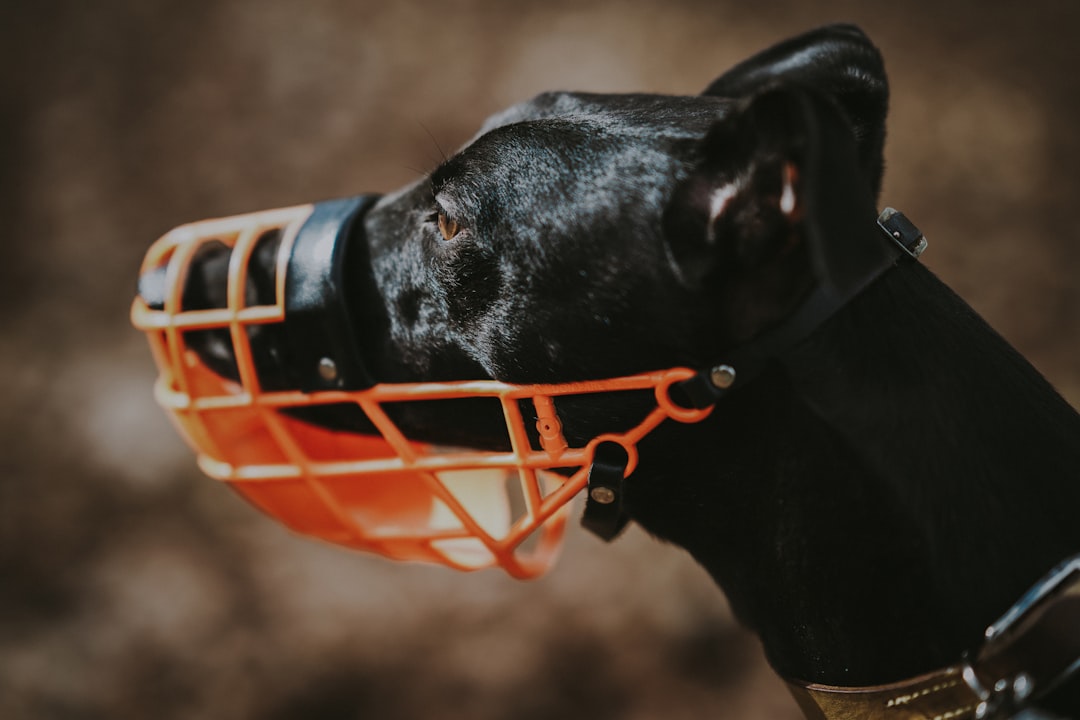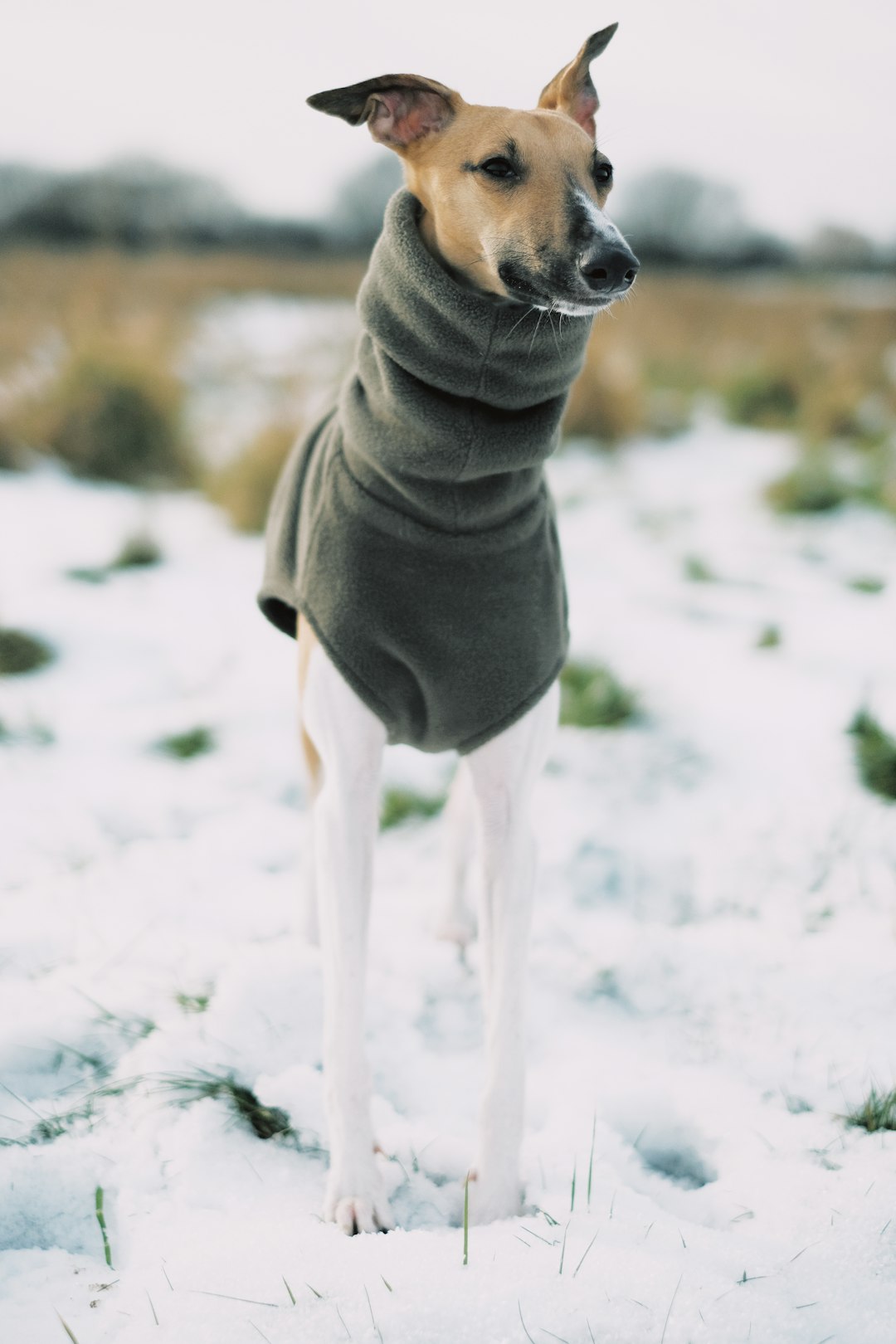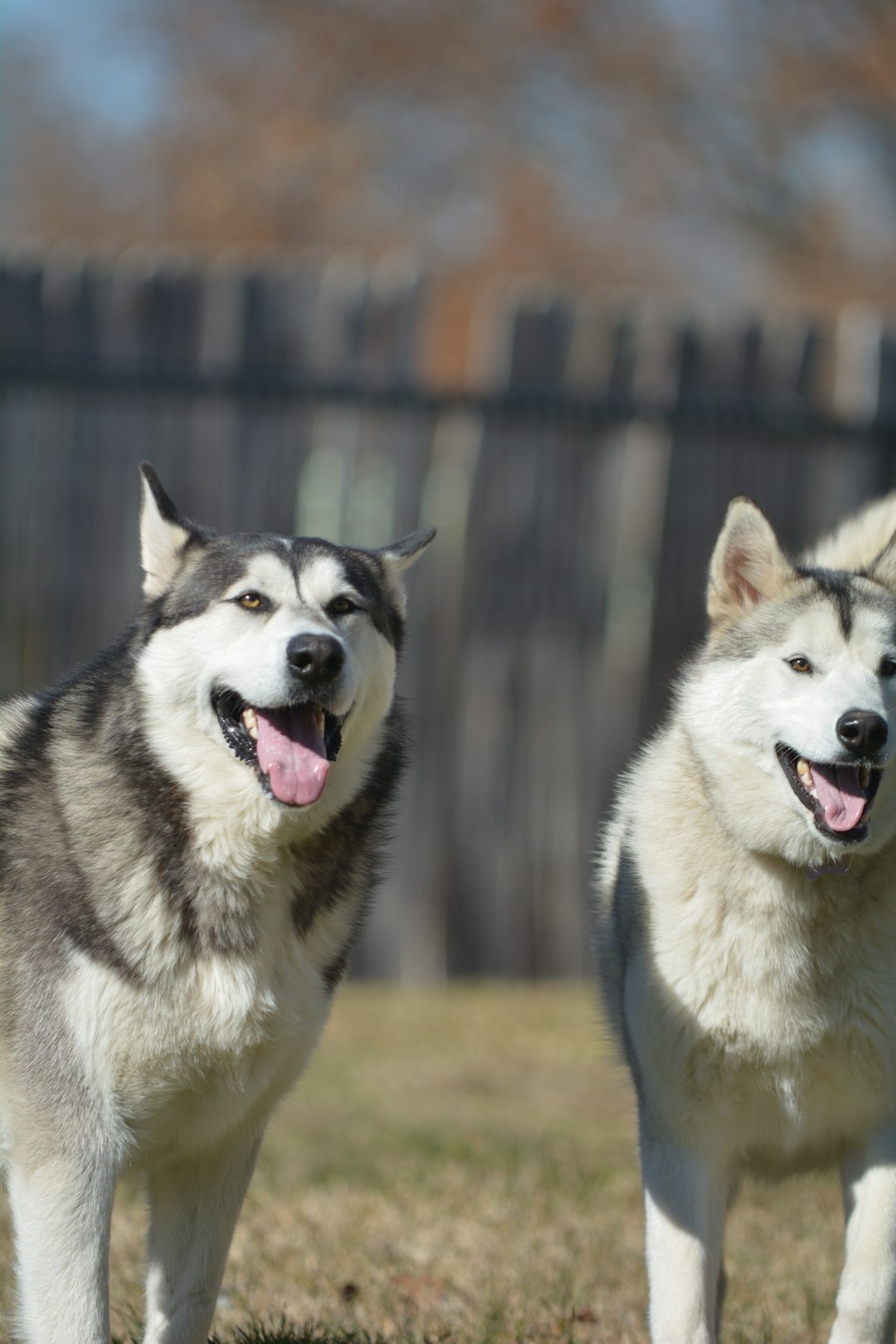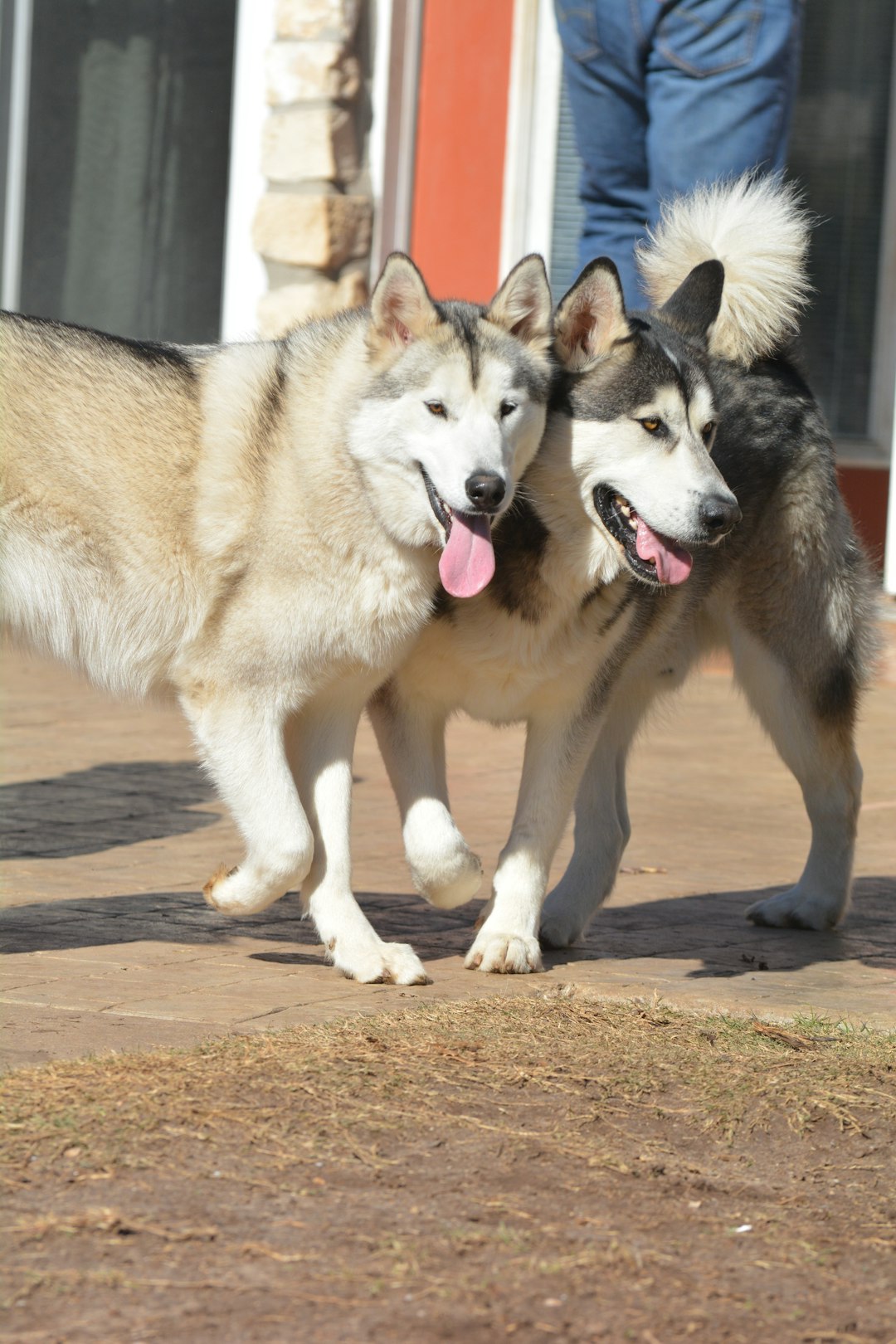When the temperatures drop, your beloved pooch deserves a cozy retreat—enter the heated dog house! With winter weather lurking around the corner, choosing the best heated dog house isn’t just a luxury; it’s a necessity to ensure your furry friend stays warm and toasty. In this ultimate guide, we’ll explore everything from the importance of adequate insulation to energy-efficient options. So, grab a cup of cocoa, and let’s dive into the ins and outs of selecting the perfect heated haven for your four-legged family member!
Understanding the Importance of a Heated Dog House

When it comes to keeping your furry friend cozy during chilly months, a heated dog house is an absolute game-changer. Not convinced? Let’s dig into the benefits:
- Temperature Regulation: Dogs can be sensitive to cold temperatures. A heated dog house ensures your pup stays warm, preventing health issues associated with extreme weather.
- Comfort Zone: Dogs love comfort as much as we do! A heated space gives them a perfect spot to curl up and enjoy their time outdoors, regardless of frostbite temperatures.
- Safe Haven: Rather than shivering outside, your pooch will have their very own sanctuary. It’s like having a luxurious spa day, minus the cucumber slices on their eyes!
- Versatility: Whether you have a small Chihuahua or a hefty Great Dane, a heated dog house accommodates all breeds.
Investing in a heated dog house isn’t just a matter of luxury; it’s a matter of love, ensuring a safe and warm environment for your furry family member. So, how about treating your buddy to that much-deserved upgrade?
Factors to Consider When Choosing a Heated Dog House

When selecting the perfect heated dog house for your furry friend, several factors come into play. After all, you want your pooch to feel cozy and safe during those chilly nights. Here’s what to keep in mind:
- Size: Opt for a heated dog house spacious enough for your pup to stand, turn around, and lie down comfortably but snug enough to retain warmth. If your dog is a big cuddler, a little extra room wouldn’t hurt – just don’t go overboard!
- Insulation: Look for houses made with insulated walls and roofs. This provides better heat retention and keeps that warm air from leaking out like your dog at the sight of a squirrel.
- Heating Source: Consider whether you want a self-heating design, electric heating elements, or thermal mats. Each has its perks, but electric options generally deliver reliable warmth when temperatures plummet.
- Durability: Choose materials that withstand outdoor elements. A sturdy heated dog house means your pup stays snug without risking damage from rain, snow, or the occasional enthusiastic chew!
- Ease of Cleaning: Look for designs with removable roofs or floors. After all, no one wants to deal with a muddy mess in their dog’s haven.
With these factors in mind, you can ensure your four-legged buddy will be living the dream in their new heated retreat!
Types of Heated Dog Houses: Which One is Right for Your Dog?

When it comes to heated dog houses, it’s not a one-size-fits-all situation. Different breeds and preferences mean that your furry friend might need a specific type to stay cozy and content. So, let’s break down the types of heated dog houses to help you find the paw-sitively perfect fit!
1. Electric Heated Dog Houses
- Pros:
- Reliable warmth
- Temperature control settings
- Cons:
- Requires power source
- Can be expensive
2. Insulated Dog Houses
- Pros:
- Retains heat efficiently
- No electricity needed
- Cons:
- Might need additional heating layers
- Heavy materials
3. Heated Pads or Mats
- Pros:
- Portable and easy to use
- Affordable option
- Cons:
- Limited space
- Not suitable for outdoor use in storms
4. Self-Heating Dog Houses
- Pros:
- Uses your dog’s body heat
- Eco-friendly
- Cons:
- Offers less warmth in extreme climates
- Usually smaller sizes
Choosing the right heated dog house can keep your beloved pooch toasty warm, so weigh the options carefully before making your decision. Who can’t resist a warm and snuggled-up dog?
Size Matters: How to Choose the Right Dimensions

When it comes to a heated dog house, size is not just a number; it’s the key to your furry friend’s comfort. A snug fit keeps your dog warm, but it also means they won’t have to expend extra energy just to stay cozy.
Here’s a handy guide to help you choose the right dimensions:
- Small Breeds: For pups like Chihuahuas or Pomeranians, look for dimensions around 24″ L x 18″ W x 20″ H.
- Medium Breeds: Dogs like Beagles or Cocker Spaniels will need 30″ L x 24″ W x 25″ H.
- Large Breeds: For big guys like Golden Retrievers or Labradors, go for 36″ L x 30″ W x 28″ H.
Why Size is Crucial:
- Too Big: An oversized heated dog house disperses warmth, leaving them more chilly than cozy.
- Perfect Fit: Ideally, your pup should be able to stand up, turn around, and curl up comfortably without too much extra space.
Remember, when choosing a heated dog house, measuring your pet is key! A snug house equals a happy pup!
Energy Efficiency: Keeping Costs Low
When it comes to a heated dog house, energy efficiency is a game-changer. Let’s face it—your pooch deserves to be cozy without costing you an arm and a leg. Here are some considerations to keep those energy bills in check:
- Insulation: Look for models with superior insulation to retain heat efficiently. The better the insulation, the less energy your heated dog house will consume.
- Thermostats: Choose a heated dog house equipped with a thermostat. This nifty feature will automatically regulate temperature, preventing wasted energy.
- Energy Ratings: Pay attention to energy ratings; products with high ratings promise better efficiency. You know what they say, “A penny saved is a penny earned!”
Comparison Table of Energy Features
| Feature | Basic Dog House | Insulated Heated Dog House | Thermostat-Controlled Heated Dog House |
|---|---|---|---|
| Insulation | Minimal | Moderate | Excellent |
| Energy Consumption | High | Moderate | Low |
| Temperature Control | None | Manual | Automatic |
Remember, a well-chosen heated dog house not only keeps your furry friend warm but also helps you maintain your budget! Happy shopping!
Safety Features to Look For
When choosing a heated dog house, your furry friend’s safety should top the list! After all, a cozy dog house is great, but not when it’s a potential hazard. Here’s what to keep an eye out for:
- Heating Element: Look for a heated dog house with a reliable, safe heating system. Avoid models that use exposed heating coils or sources prone to overheating. Opt for heating pads with thermostatic controls instead.
- Insulation: Good insulation prevents heat loss, ensuring it stays toasty inside. Check for thick walls and insulated doors that keep the cold out where it belongs.
- Weatherproofing: Ensure the house can withstand the elements. Waterproof materials and proper sealing features protect your pup from rain, snow, and wind.
- Ventilation: While staying warm is essential, good ventilation helps prevent overheating and reduces humidity. Look for adjustable vents that enhance air circulation.
- Sturdy Construction: Materials matter! Choose a heated dog house made of robust, durable materials that can withstand your dog’s antics and the outdoor elements.
By focusing on these vital safety features, you can rest easy knowing your best buddy is warm, safe, and sound!
Best Heated Dog Houses for Different Breeds
When it comes to choosing the best heated dog house, understanding your pup’s breed can make all the difference. After all, not every dog is created equal—some require more warmth than others! Here’s a quick guide to match your furry friend with the perfect heated dog house:
| Breed Size | Recommended Heated Dog House | Key Features |
|---|---|---|
| Small Breeds | Cozy Cottage Heated Dog House | Compact, energy-efficient, soft insulation |
| Medium Breeds | Classic Comfort Heated Dog House | Spacious, adjustable temperature settings |
| Large Breeds | Deluxe Outdoor Heated Dog House | Extra-large size, durable materials, built-in thermostat |
| Giant Breeds | Majestic Haven Heated Dog House | XXL dimensions, heavy-duty structure, optimal heat retention |
Points to Ponder:
- Small breeds, like Chihuahuas, adore snug spaces. Look for models that emphasize warmth and coziness.
- Medium and large breeds, such as Beagles or Retrievers, benefit from more space and heat regulation.
- Giant breeds need fortified structures to withstand their weight and provide substantial insulation.
Investing in the right heated dog house not only keeps your furry companion toasty but also happy, so choose wisely!
Best Heated Dog Houses for Different Breeds
Finding the perfect heated dog house for your furry friend can sometimes feel like a daunting task. Fear not! Here’s a handy guide to help you pick the best one tailored to your pooch’s needs based on breed size and characteristics.
Small Breeds (Under 20 lbs)
- K&H Pet Products Heated House
- Pros: Soft, cozy material; low wattage; excellent insulation.
- Cons: Limited space for playful pups.
Medium Breeds (20-50 lbs)
- Petmate Aspen Pet Heated House
- Pros: Sturdy; durable; spacious yet cozy for most mediums.
- Cons: Assembly required.
Large Breeds (50-100 lbs)
- Extreme Weather Dog House
- Pros: Extra-large space; great for burrowers; withstands harsh climates.
- Cons: More power consumption.
Giant Breeds (Over 100 lbs)
- Dog Palace Insulated Heated Dog House
- Pros: Ultimate warmth; room for giant breeds; easy accessibility.
- Cons: Pricey.
Choosing the right heated dog house is essential to keep your paw-some companion warm and happy during those chilly months!
User Reviews and Recommendations
When it comes to choosing the best heated dog house, you don’t have to rely solely on your instincts. After all, the proof is in the pup pudding! Consider these insider insights from fellow dog parents:
- Rover’s Retreat™ Heated House
- Praise: “My Golden Retriever loves curling up in it!”
- Critique: “It could use a bigger entryway.”
- SnuggleSafe Heated Kennel
- Praise: “Perfect for my smaller breeds; they stay toasty!”
- Critique: “Not great for larger pups; think small!”
- Plush Paws™ Weather-Resistant Dog House
- Praise: “Durable and keeps my dog warm during the winter.”
- Critique: “A bit pricey, but worth every penny.”
Overall Recommendations
- For larger breeds: Look for spacious options like Rover’s Retreat™.
- For smaller breeds: SnuggleSafe is the way to go!
- Budget-conscious? Explore reviews for mid-range models that still offer comfort.
By gleaning from these experiences, you can make an informed choice for your dog’s new heated dog house. Remember, happiness equals warmth!
Maintenance Tips for Your Heated Dog House
Keeping your heated dog house in top shape is crucial for your furry friend’s comfort and safety. After all, a well-maintained heated dog house ensures your pup stays cozy and healthy during the chilly months. Here are some handy maintenance tips:
- Regular Inspections: Check for any wear and tear, particularly around the heating elements. Look for frayed wires or loose connections—these are warning signs that shouldn’t be ignored.
- Cleaning: Dirt and debris can build up, so clean the interior and exterior regularly. Use a pet-safe cleaner to scrub surfaces and prevent odor buildup.
- Insulation Check: Ensure the insulation remains intact. If your heated dog house isn’t keeping the warmth effectively, it might be time to replace the insulation.
- Power Source: If your heated dog house operates on electricity, make sure the power source is functioning properly. Test the outlet routinely and unplug when not in use.
- Winter Prep: Before winter hits, perform a full inspection to ensure everything functions well.
Keeping your heated dog house in good condition not only provides a safe haven for your pooch but also maximizes energy efficiency—saving you money in the long run!
Frequently Asked Questions
What size heated dog house should I get for my pup?
Choosing the right size heated dog house is akin to picking the right pair of shoes—too big and they’ll slip around, too small and it’ll feel like a sauna in there! Measure your pup from nose to tail and add a few extra inches. A cozy fit ensures they’ll stay warm and snuggly, while sufficient space allows them to stand, turn around, and lie down comfortably. If you’re unsure, it’s often better to err on the side of bigger, especially if Fido enjoys hosting his doggy pals!
How much electricity does a heated dog house consume?
Ah, the age-old question of energy consumption—akin to wondering if your toaster can power a spaceship! Most heated dog houses are designed to be energy-efficient, often costing between $5 to $30 a month to run, depending on the model and climate. It’s crucial to check the wattage on the product specifications; trust me, your wallet will thank you later! Remember, investing in a quality heated dog house could save you money in vet visits by keeping your furry friend warm and healthy during cold spells!
Are heated dog houses safe for my pet?
Fear not, my cautious pet parent! Heated dog houses are generally built with safety in mind, featuring chew-resistant wiring and overheating protection. Just like an experienced chef wouldn’t leave a pot boiling unattended, be sure to regularly inspect for any wear or damage. It’s also smart to place the house in a sheltered area away from extreme weather, turning your heated abode into a cozy sanctuary for your furry friend instead of a sauna to rival a spa!
Can I use a regular dog house and add a heating pad?
Absolutely! Sometimes the oldies are the goodies! If you have a traditional dog house and want to level up your pup’s comfort, a heating pad can do the trick. Just ensure it’s specifically designed for pets (no human heating pads that might set off a canine rebellion!). Secure it properly, and throw in some extra insulation to lock in toasty goodness. Voila! You’ve seamlessly transformed Rover’s simple abode into a plush winter retreat worthy of a royal pooch!



